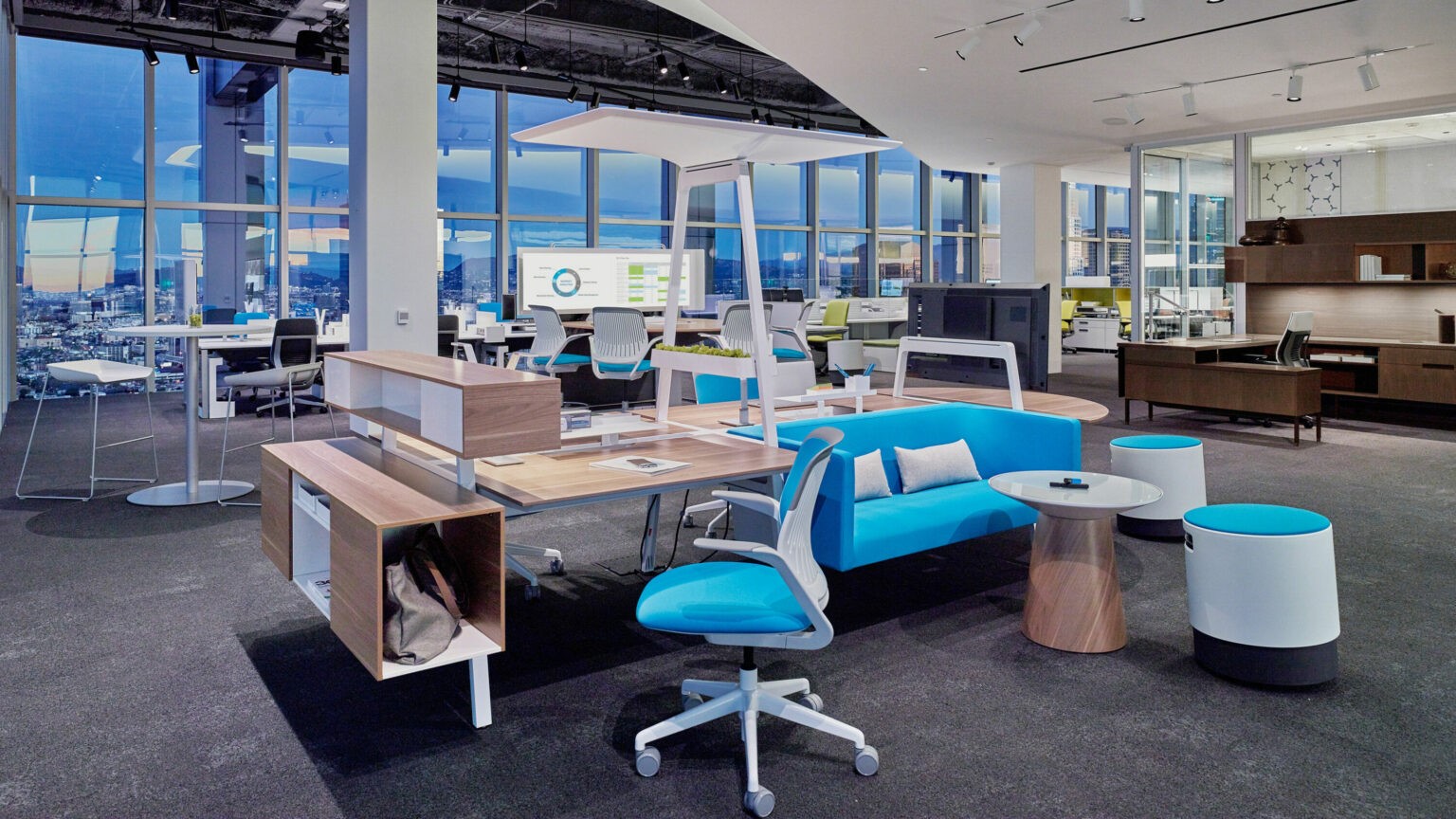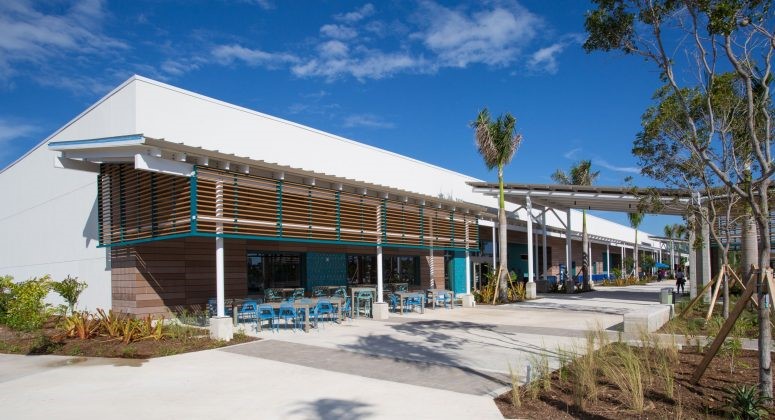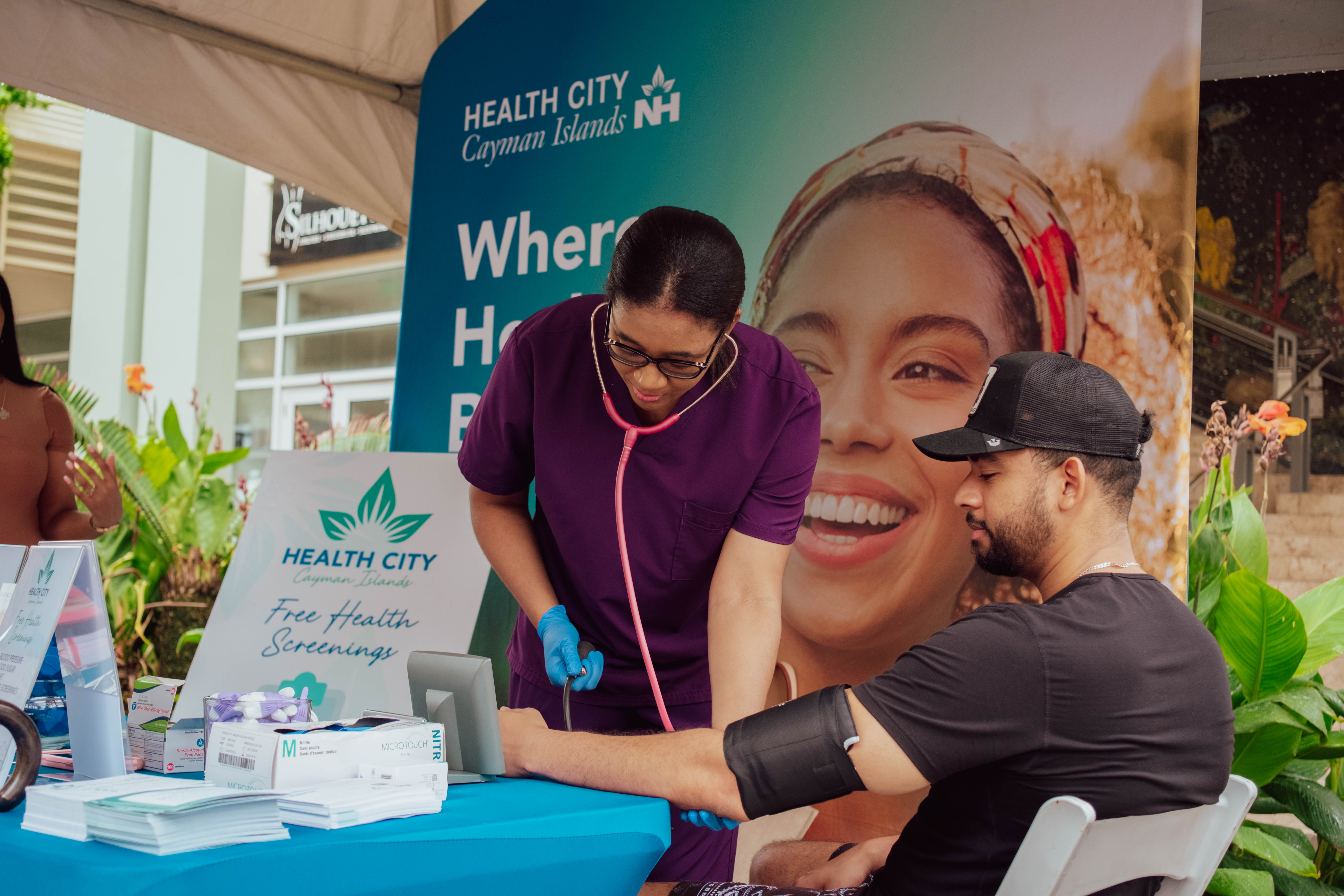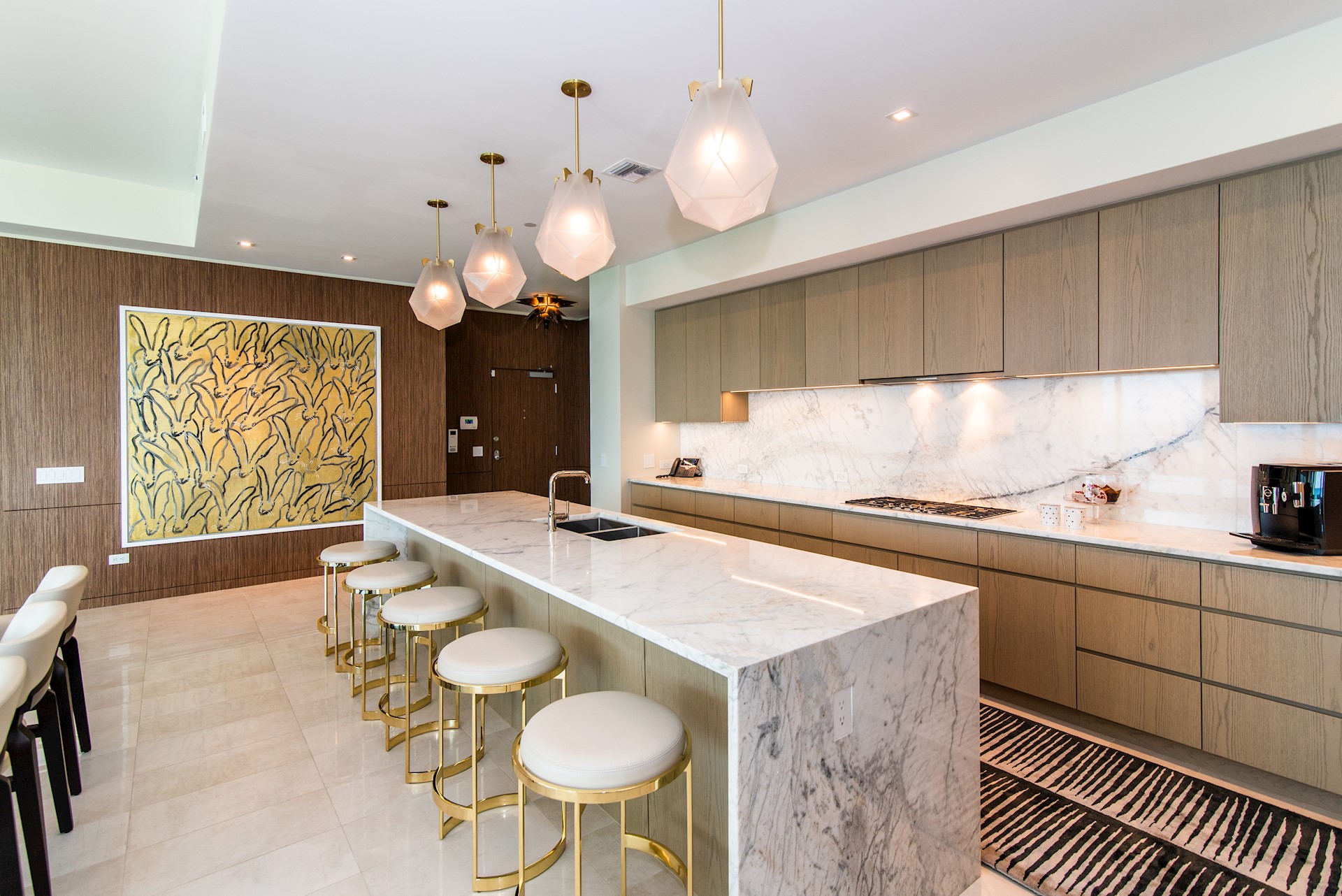By Lisa Boushy Mack
When the majority of the Cayman Islands’ workforce was required to work from home as a result of COVID-19, conversations began about work-from-home strategies that offer greater flexibility to workers while saving costs for employers. However, having employees work only from home can carry significant risk to business growth and innovation, according to new research.
One local company that has had many of these kinds of conversations with business owners and managers is Workplace Environments, which has helped design, fit-out and furnish numerous offices on Grand Cayman for the past 20 years. Next month, Workplace Environments is scheduled to open its 900-square-foot showroom in Camana Bay’s One Nexus Way.
Misconceptions
As the authorised dealer of Steelcase, a major supplier of office furniture, interior architecture and space solutions for offices, hospitals and classrooms across the globe, Workplace Environments business partners Randy Buck and David Bowerman have been able to leverage knowledge of office trends gained around the world as a result of the COVID-19 pandemic.
Steelcase has conducted extensive research and development to help offer workplace solutions in the COVID-19 world. Its research has shown that about 90% of employees want to return to the office. However, business leaders often cite three common misconceptions about work-from-home strategies that fuel conversations about dramatic shifts away from the workplace.
The first misconception is that it costs less to have employees work from home.
Buck says that although reducing rented space and other workplace amenities can save money, they come with hidden costs, like navigating small spaces, using poor office equipment and technology, and juggling family and roommates. Additionally, too much remote work can hurt social capital, degrade trust and slow innovation, he says, adding that there’s also an increased risk to employee safety and corporate security when working from home.
Another common misconception is that employees are just as productive — or even more so — working from home as they are in the office.
Bowerman says it all depends on how a business defines productivity. While individual task work is up, collaboration and creativity are down, the research shows. It’s also much more difficult to create new ideas or solve complex problems in a virtual environment. Spontaneous interactions are absent online, while working together builds social accountability and boosts productivity. Younger workers can also feel lost without mentorship and coaching, he says.
A third common misconception is that employees who work from home have a better work/life balance.
Buck says that while working from home might have benefits, employees often struggle as the line between work and home becomes fuzzy. Research has shown that people work longer hours at home and can become “virtually” exhausted from too many online interactions like Zoom calls in one day. They can also become sedentary and lonely.
New workplace recommendations
In the COVID-19 world, a new approach to workplaces is required to support employers’ and employees’ need to feel safe, be productive and have a sense of belonging at work. Buck and Bowerman recommend five strategies:
- Expand the ecosystem of places to offer more choices, like a combination of office, home and satellite space.
- Shift from fixed to fluid. The new workplace needs to become more flexible and adaptable, and adjust easily to change.
- Focus on “me within we.” Many employees will lean on the office to support the collaborative “we work” they’ve missed, but the workplace will need to balance those team needs with heightened individual “me needs” for focus, rejuvenation and the ability to quickly switch from working alone or together.
- Make every collaboration space high performing, inspiring and safe. Spaces that used to sit empty a lot of the time will need to be harder working post-COVID.
- Merge the digital and physical to allow for a safer experience at work that involves less touch and supports inclusive in-person and online collaboration, as well as tracking occupancy and density in the office.
The post-COVID workplace
Buck and Bowerman believe the overarching focus must be the physical, cognitive and emotional well being of people.
Buck says that enhanced safety protocols, which adhere to social distancing and sanitation practices, are the main priority now. He believes that the “anti-office” trend will continue, meaning a more casual work environment that provides a variety of settings.
“New offices have already started to incorporate work cafes, brightly coloured schemes, and more sit-to-stand desks with more opportunities to move around and conduct business, such as expanded common areas,” Busk says.
Most organisations in Cayman are bringing back people in phases and Steelcase has developed science-based and data-driven guidelines for each stage. While coronavirus concerns are still high, the focus is on safety first. This stage requires the implementation of various safety protocols and in some cases, changing floor plans and retrofitting existing office furniture. As more employees return to the office, companies will need to explore ways to reconfigure, using a combination of existing furniture and new solutions that allow for a safe increase in workplace density.
The lessons learned from the COVID-19 pandemic will likely impact organisations indefinitely, Buck says, adding that business leaders should think ahead about planning for disruption and create adaptable workplaces so they can respond rapidly to changes, be it an epidemic, weather event or economic shift.
This Article Will Also Appear In The August 2020 Print Edition Of Camana Bay Times With The Headline “The New Normal Office.”




